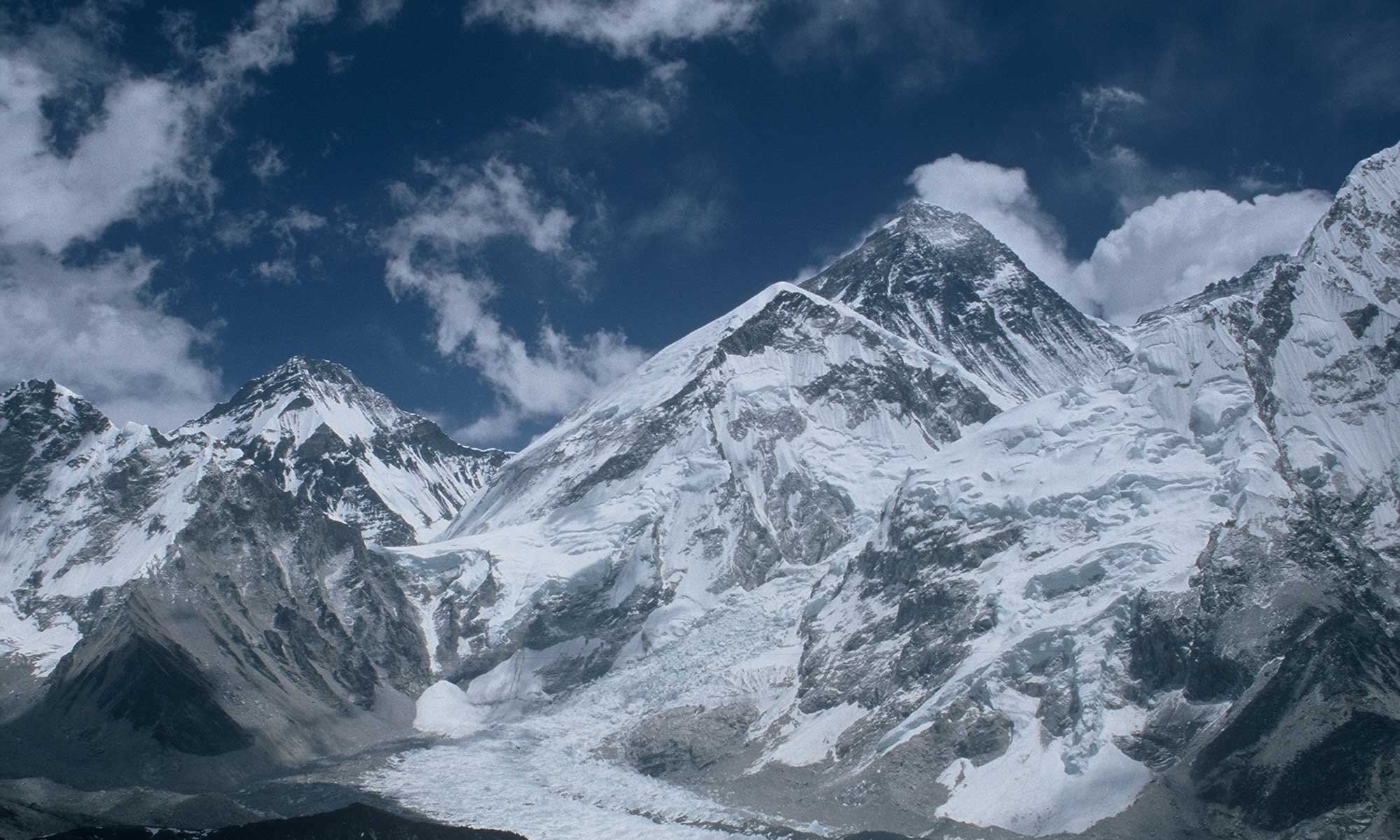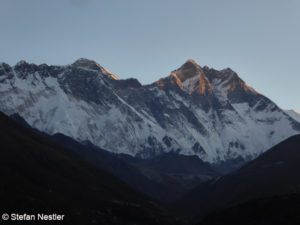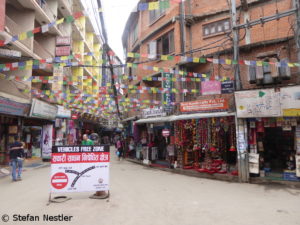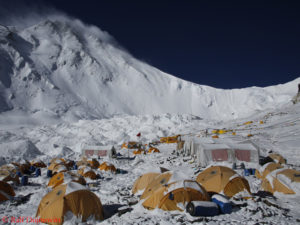It looked like an attempt to cut the Gordian knot. Last week, the government in Kathmandu announced that flights to Nepal and in the country would be resumed from 17 August. Trekking tours and expeditions will then also be permitted again – subject to safety precautions. But many question marks remain. How many flights will be allowed and from which countries? The Ministry of Tourism has so far been rather vague in its statement that tourists whose home countries are not strongly affected by the pandemic may come first. And then, what happens next? Is it enough for tourists to present a current negative COVID-19 test on arrival or will they have to be tested at Kathmandu airport? Will the current 14-day quarantine remain in place? What happens in case of an infection in Nepal? My inquiry to the Ministry of Tourism has not been answered yet.
Still no all-clear
Even though the curve of coronavirus infections in Nepal has flattened a bit – it is still rising. So far (as of 29 July) more than 19,000 cases have been registered in the Himalayan state, and currently more than 5,000 people are infected with COVID-19. 49 corona deaths are confirmed. Most infections are reported from the border region with India. The mountain regions have so far been largely spared. For example, eight current infections are reported from Solukhumbu, the region around Mount Everest – all figures against the background that fewer tests can be carried out in a poor country like Nepal than in a rich industrialized country.
Security concept missing
The tourism industry of Nepal is standing with its back to the wall. So the owner of a trekking agency in Kathmandu tells me that he can hardly feed his family anymore. For four months he has been unable to pay the rent for his office, and his telephone and internet connections have been cut off. Many small entrepreneurs in Nepalese tourism are probably in the same situation. Although the larger operators have received some requests for the fall season, they too are waiting for a detailed plan from the government for security measures. This plan is still pending.
“This put risk to our clients, risk to our staffs and risk to local communities,” Mingma Gyalje Sherpa, head of the operator Imagine Nepal, writes to me. “If we don’t get guidelines by the first week of August, I will cancel our 8000m climbing. My clients are aware of that.” His company had offered expeditions to Manaslu and Dhaulagiri.
“I do not want to do trial and error”
Expedition operators in the German-speaking countries have expressed scepticism about the planned opening of Nepal from 17 August. For Lukas Furtenbach, head of the Austrian operator Furtenbach Adventures, nothing has changed due to the announcement of the Nepalese government. “It is still all unclear”, Lukas writes me. He sees the biggest problem in the fact that hardly anyone wants to go to Nepal at the moment.
“In addition, there is a very real risk that someone will bring the virus to the team in the base camp. To make an expedition now would be a double risk. On the one hand, something could change before the start and you would have to cancel again. On the other hand you would expose your staff, Sherpas, guides and also the clients to a considerable risk. It would be trial and error. I don’t want to do that.” Furtenbach says, he wants to work out “rather really tangible hygiene protocols and measures” in order to “really guarantee safety in the base camps next spring. This goes as far as mobile rapid COVID-19 tests at the entrance to base camp.”
No stay in Kathmandu
The Swiss Kari Kobler, head of the operator Kobler & Partner, believes it is possible that groups will set off for the seven-thousander Himlung and the six-thousander Mera Peak next fall. “We leave the final decision on whether to carry out these projects to our clients,” writes Kari, adding that the decision will be made at the end of August. In case the expeditions take place, the teams will not stay in Kathmandu, Kari announces: “After arrival we would immediately drive to the starting points and continue walking the following day.”
Dominik Müller, head of the German operator Amical alpin, is “very skeptical about the fall season. Who would like to spend several hours with a mask on the plane – with the uncertainty that after a longer trekking or expedition you might have to go into quarantine after all.”
Mingote wants to continue his 8000er project
A prominent professional climber has already announced that he will travel to Nepal in fall. The Spaniard Sergi Mingote wants to set off for Kathmandu in September to climb Makalu and Cho Oyu without bottled oxygen. In 2018 and 2019, Sergi had scaled seven eight-thousanders within 444 days and was thus well on schedule to climb the 14 highest mountains on earth within 1,000 days. Then the corona pandemic slowed him down.
Mingote is currently on an “Olympic Route” by bicycle from Barcelona to Athens: 7,200 kilometers in two months. He has already cycled more than 4,000 kilometers and has climbed 13 of 14 planned mountains en passant. With his project, Sergi is promoting Barcelona’s candidacy for the 2030 Winter Olympics. If Mingote is really able to travel to Nepal in September, he will arrive there fully trained. That much should be certain.






One Reply to “Still question marks behind mountaineering season in Nepal”
Comments are closed.